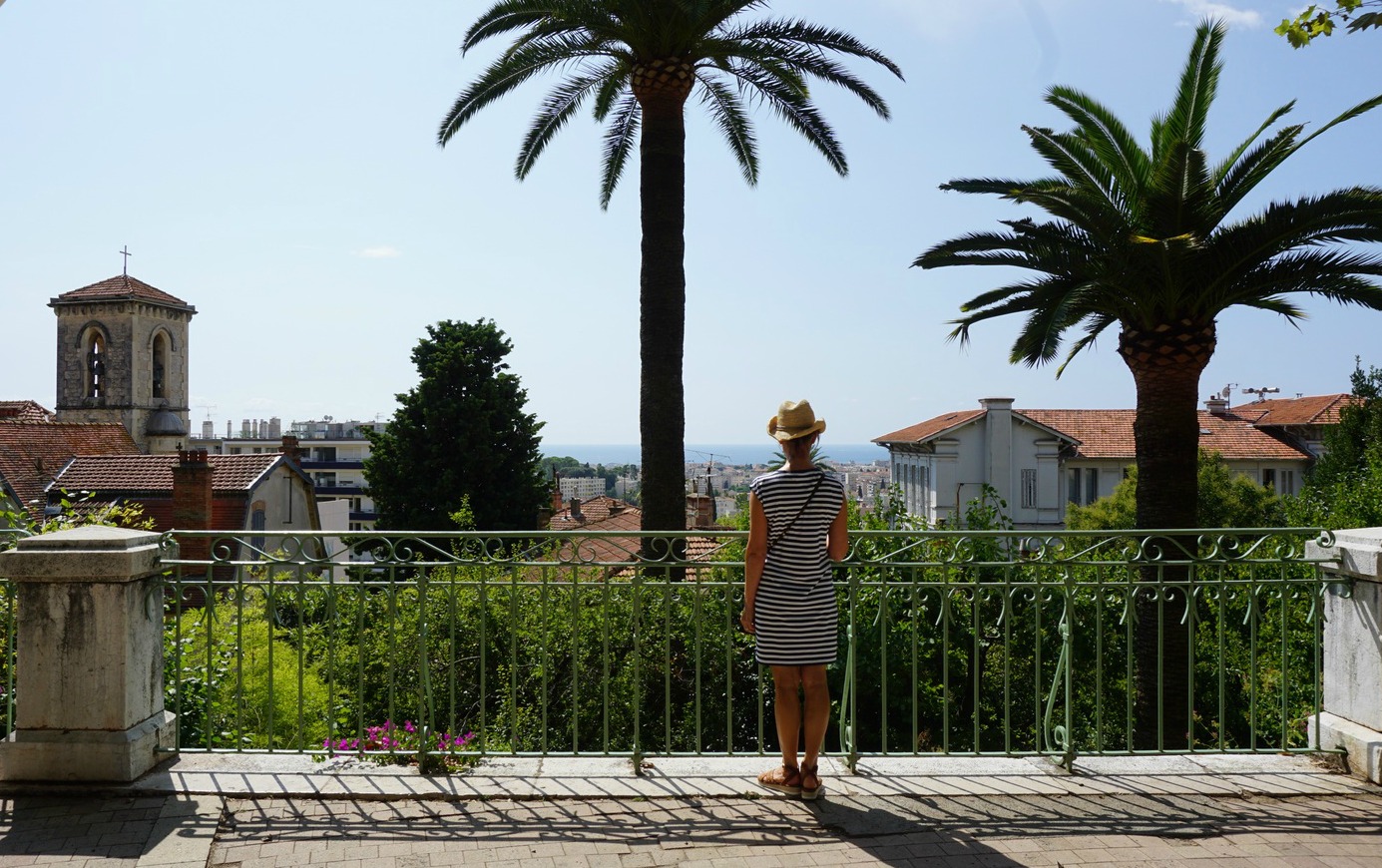Braised duck legs with orange and turnips

Here is another great recipe to make when Mediterranean blood oranges are in season. I have chosen fresh duck legs, cuisses de canard, which have less fat than the traditional confit de canard, duck legs preserved in their own fat and salt.
Braising which means first lightly frying and then slowly stewing under lid makes the duck legs fondant, tender and melting.
2 servings
2 fresh duck legs
1 small onion, chopped
1 clove garlic, minced
1 tbsp. flour
100 ml red wine
100 ml chicken stock
1 organic blood orange, zest and juice
6 baby turnips
1 bouquet garni, a bay leaf and some thyme sprigs tied together
Freshly ground black pepper
Place a heavy casserole such as Le Creuset over medium- low heat and gently fry the duck legs on both sides until golden brown.
Add the onion and garlic and continue sautéing for about 5- 10 minutes.
Add the flour and mix. Then add the wine, stock, and orange zest. Peel the turnips, cut the larger ones in halves and add to the casserole. Add the bouquet garni and some black pepper and simmer covered for 1 hour.
Juice the blood orange. Turn the duck legs over, pour the juice over them and continue simmering partly covered for 40- 50 minutes.

























0 comments:
Note: only a member of this blog may post a comment.